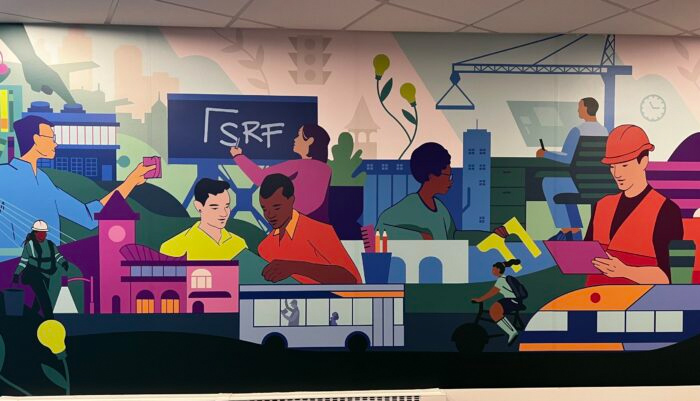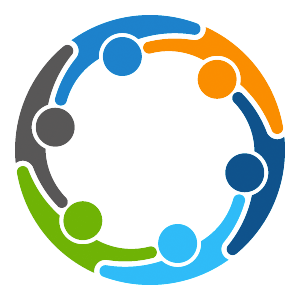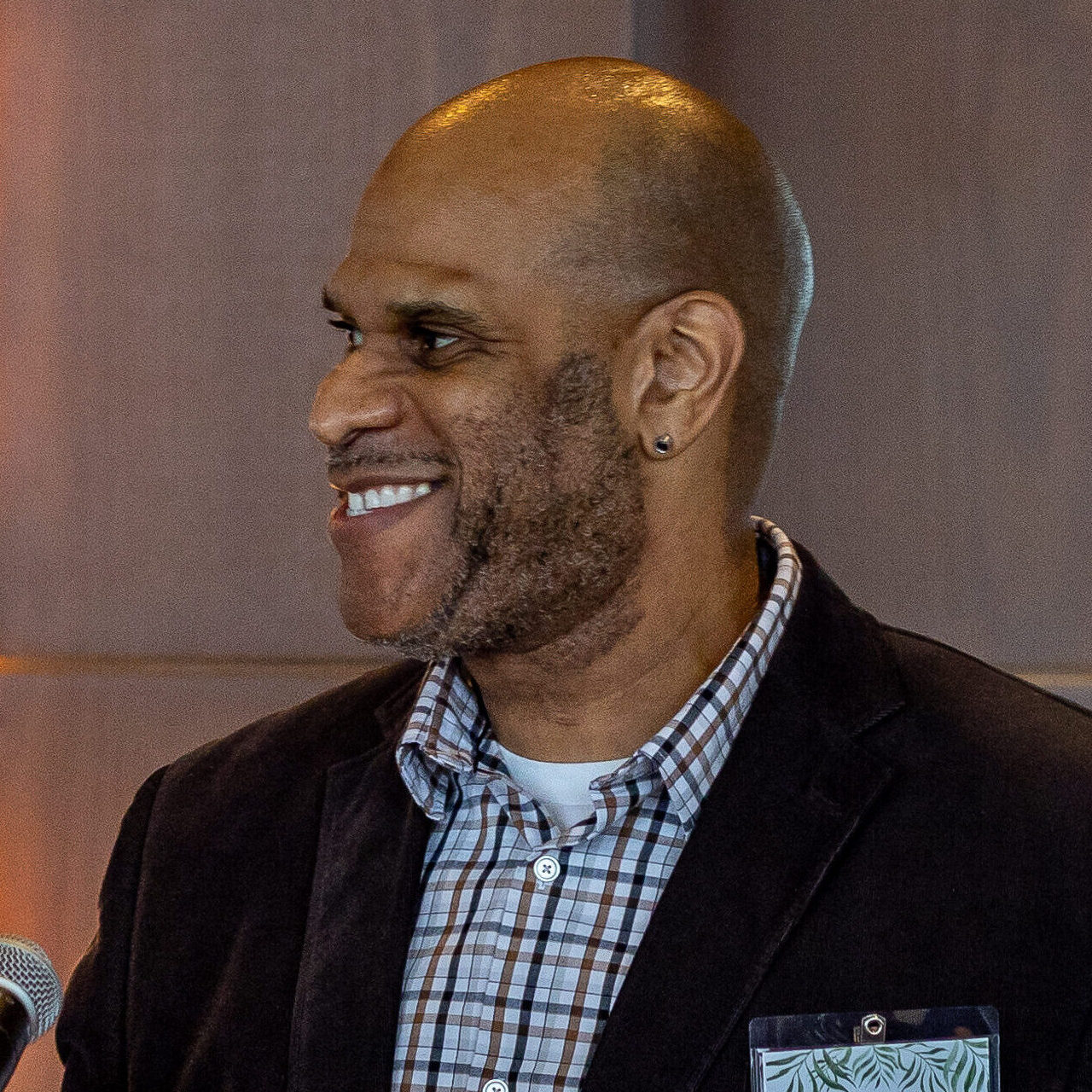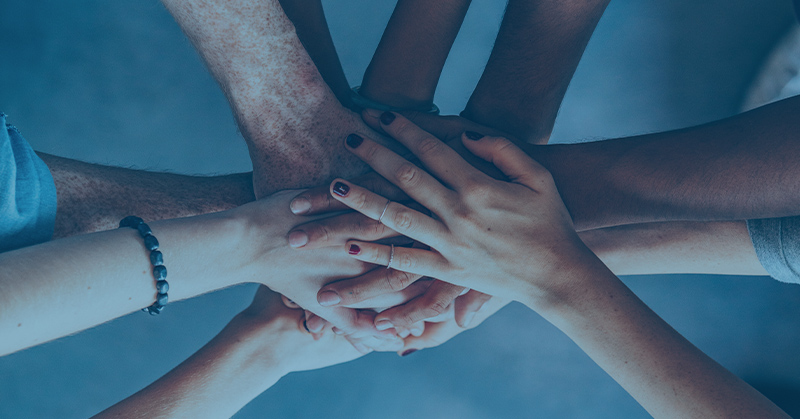Have you ever wondered how an organization builds and promotes diversity, equity, and inclusion in the workplace? It is one thing for an organization to externally promote itself as an inclusive workplace. It is quite another to implement and foster initiatives that empower employees and encourage authentic discussions about sensitive or difficult topics.
Adrian Potter, Project Director in Traffic Engineering Design and key contributor to SRF’s Courageous Conversations series, recently shared his thoughts about the inception, evolution, and impacts of the initiative that helps advance our DEI Committee’s value-driven goals.
What inspired SRF’s DEI committee to act on this topic?
Courageous Conversations was an organic endeavor spawned from SRF’s mandatory Gray Area Thinking® employee training in 2020 that provided employees with a toolset for interacting with people who are different than them.
After this training, some SRF staff asked for more discussion and information. They sought a space to ask “dumb” questions, learn from each other, and share their perceptions and experiences without judgment. The DEI Committee also discussed how awkward it is to get a company full of Midwesterners to open up and talk about discrimination, sexism, acceptance, and equity.
This sparked change. The Courageous Conversations name was born, and it had a tangible meaning for SRF.
What strategies have been most effective to engage employees?
Regardless of the DEI Committee’s enthusiasm, our impact on diversity and inclusion at SRF remains limited without buy-in from the broader team. But rallying folks around diversity in the workplace is a sensitive subject that people might have passionate – and differing – opinions about.
Courageous Conversations serves as a vehicle to reach more employees and get them thinking about the viewpoints of others. The best way to further that impact is to cast a wider net and put these issues in front of more employees. To do that, we have varied the event times and days of the week, hoping that if we miss people at one time or day, we might capture their attention or availability at another.

We also vary the subjects discussed. Early subjects focused on implicit bias and racial issues while the world was recovering from the fallout of George Floyd’s death. But as time went on, we were also able to approach subjects like disabilities and Tribal Nation coordination in our industry, which were more informational and less emotionally charged. It is crucial to vary the message and not always bludgeon staff with the inherent gravity of heavy messages. Providing data and resources that conjure awareness is also effective.
Finally, word of mouth has been vital to drumming up participation. Getting emails and intranet notices about events out to staff early helps. People seem more willing to set time aside for personal and professional growth if they know about it far enough in advance.
Have you noticed any differences in employees who participate? Has anyone shared how this series has affected their perspective?
I have experienced some SRF staff reaching out to me with positive feedback knowing I am on the committee. I feel having Courageous Conversations and a purpose-driven DEI initiative helps employees feel safe, respected, and connected. These efforts help cultivate an environment where employees feel a sense of belonging. I hope this leads to a stronger sense of community and will drive our colleagues to be happier, more engaged humans, which is paramount right now.
I had one co-worker connect with me after a Courageous Conversations session to talk more about racial inequity. That person heard me mention in a small group session that my daughter often faced race-based bullying at school. They were honestly unaware that such things still happen in our so-called “post-racial” society, so we had a sincere dialogue that was enlightening. That person found it sad that these things still happen, while I just recognized it as part of daily life that BIPOC people face. I think we both came out of the conversation with a more complete understanding of each other – which is the point of Courageous Conversations.
How do SRF employees integrate Courageous Conversations and DEI concepts into their everyday work?

Our Courageous Conversation session about planning for people with disabilities directly related to my work as a traffic engineer. The session reminded me of a project where I had to dig in my heels and fight for ADA guidelines to be followed despite the desire of some stakeholders. Having this discussion helped reaffirm that I did the right thing by standing my ground and advocating for infrastructure that met the needs of people with disabilities.
Another discussion in our Courageous Conversation series about working with tribal nations also reminded me of a project opportunity I had lost. In that session, we talked about making Land Acknowledgments at the start of meetings as a sign of respect. A Land Acknowledgment is a statement to admit that projects are on ancestral lands and acknowledging the fact that indigenous people once lived there. It gives a nod to the history of violence, displacement, migration, and settlement that have led us to where we are now. Having just completed a project where a tribal nation was a stakeholder group, I wished I had known about this practice and had done it at the start of a key meeting. I think it would have made an impact and increased the platform of respect for all parties involved.
How can Courageous Conversations influence the design of an SRF project?
Something that stays with me is the impact that our decisions as planners and engineers have on the public. One of the conversations centered around the documentary Rondo: Beyond the Pavement. It revealed that I-94 could have been placed on a different alignment that would have impacted far fewer houses and would not have split the thriving Rondo community in half. The decision to go with the current alignment of I-94 crushed a community that was on the verge of creating a positive wave for blacks in Saint Paul.
Our engineering decisions impact the communities in which we live and work. A turn of a road, a placement of a facility, or a choice in intersection control can seem like a cold equation decision in the transportation industry, but we do need to learn lessons from things like I-94 dividing the Rondo neighborhood. If there are decisions that can be made to safeguard communities, promote equity, and not cut progress off for a group of people, we have a duty in the engineering and planning fields to explore those options.
The Courageous Conversations series helps remind SRF staff that there is always a human element surrounding even the most technical problem in engineering.
If another organization was contemplating a similar program, what advice would you give them?

Remember that these things take time and are not meant to be easy. Your company may have to put in work to see changes but stay the course because it is worth the time and energy. Also, getting buy-in from your company’s leadership is key. We not only had the backing of high-level folks at SRF, but they also attend many of the Courageous Conversations sessions.
Something is humbling and relatable about falling into a breakout room in Zoom and having entry-level staff chatting with C-suite-level people on these challenging subjects. Everyone is willing to learn together, regardless of pay grade, and collectively taking up DEI as a goal is amazing.
Some of the interactions can be clumsy, but that discomfort sparks our growth as coworkers, leaders, and citizens. The world has spent a lot of time erecting walls between all of us. A few Courageous Conversations can take away some of the bricks, and we can see there’s a person on the other side of the wall. A few more talks, and we can hear the other person better, and they can hear you. If we knock away a few more, we can greet each other, shake hands, maybe even give a hug or console each other through trauma and social pain. Eventually, we can remove these walls altogether – that is the goal.
To keep moving forward, we need to intentionally improve our efforts for better diversity, equity, and inclusion in our work and our lives, and then push – as a company and as individuals – to make progress one courageous conversation at a time.

Adrian has 25 years of experience at SRF and leads our Traffic Engineering Design team. His communication skills and proactive approach to projects and leadership have led to a successful career, which includes pavement marking and signing plan design, signal timing and design, traffic forecasting, ITS design, ICEs, SJR/RJRs, work zone traffic control design, and transportation management plan (TMP) development for a variety of clients in cities, counties, state DOTs, and the private sector. Adrian is also an integral member of SRF’s Diversity, Equity, and Inclusion Committee and the Community Outreach Committee.

